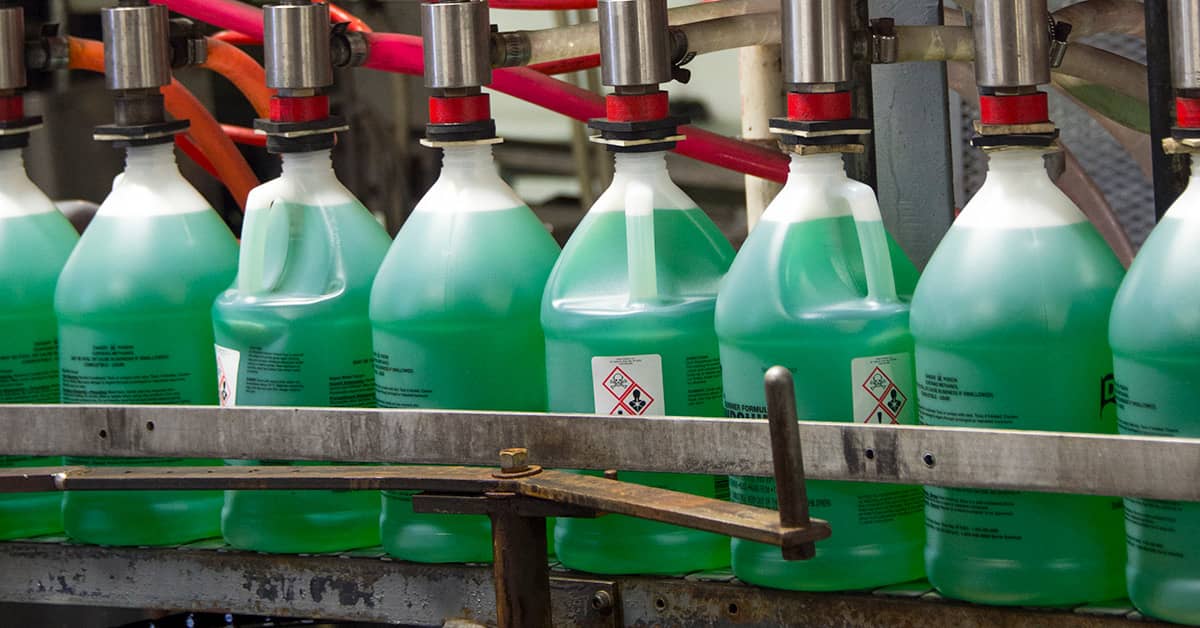Basics of OSHA’s toxic and hazardous substances standards
Date Posted: 09/11/2023

If your business uses toxic or hazardous substances, you’ll need to train your employees under OSHA’s hazard communication standard. But many employers are uncertain when monitoring is required, and what other actions are needed to protect employees.
The OSHA regulations cover a lot of different chemicals including lead, benzene, and formaldehyde. If your facility uses any listed substance, or uses a process that could create employee exposure, your obligations depend on the exposure levels.
For each substance, OSHA provides an action level and a permissible exposure limit. The action level is based on the exposure over an 8-hour period and must be measured without considering protective equipment such as respirators.
The permissible exposure limit is exactly what the term implies. You must ensure that no workers are exposed above that level. OSHA also lists a short term exposure limit for many chemicals, which is a maximum exposure during a short period such as 15 minutes.
Measure exposure levels
First, you’ll need to measure exposures. If you can document that exposure is below the action level, you should not need to take further action. However, if something changes, like a new process that could increase exposures, then you must monitor the levels again.
If you find that exposures are above the action level but below the permissible exposure limit, you’ll need to repeat the exposure monitoring every six months. In addition, if any employee has exposure above the action level for 30 or more days per year, then medical surveillance of those workers might be required. The regulations provide the details, but differ a bit for each substance.
Note that exposure monitoring results and medical records from surveillance must be retained for at least 30 years.
If worker exposure exceeds a permissible exposure limit, and engineering or other controls can’t reduce exposure, then respiratory protection is likely required.
Emergencies and symptoms
Some of OSHA’s regulations describe required actions if there’s an emergency, such as unknown exposure levels following a leak or equipment failures. Usually, this involves medical surveillance of the affected workers.
Also, some regulations (like formaldehyde) require action if an employee shows signs and symptoms of possible overexposure. Even if exposures remain below the action level, an employee could get sensitized and experience symptoms.
Non-listed chemicals
Since employers use tens of thousands of different chemicals, OSHA can’t list them all. Employers using non-listed materials should check other sources for information on exposure limits, like the NIOSH Pocket Guide to Hazardous Chemicals.
The NIOSH guide provides Recommended Exposure Limits, and OSHA generally considers those values when creating regulations. When using other sources, keep in mind that some limits might be much lower than OSHA’s limits, and OSHA won’t enforce those limits.
As with any type of employee exposure, engineering and work practice controls are the best options for protecting employees. If those methods cannot reduce exposures to below the action level, then regular monitoring and medical surveillance may be required. And if exposure levels are above a short term or permissible exposure limit, then protective equipment like respirators may be necessary.
How Safety Management Suite Can Help
If you’ve got toxic or hazardous substances, then you need to maintain Safety Data Sheets for those materials. The Chemical Center in the J. J. Keller® SAFETY MANAGEMENT SUITE helps you find and save SDSs in your own binders. You can also autogenerate container labels for aerosol products and other hazardous materials stored in your facility.
E-mail Newsletter
Sign up to receive the weekly EHS Insider email newsletter for safety articles, news headlines, regulatory alerts, industry events, webcasts, and more.